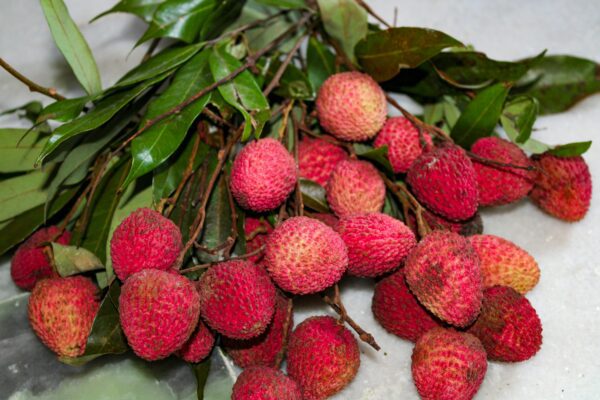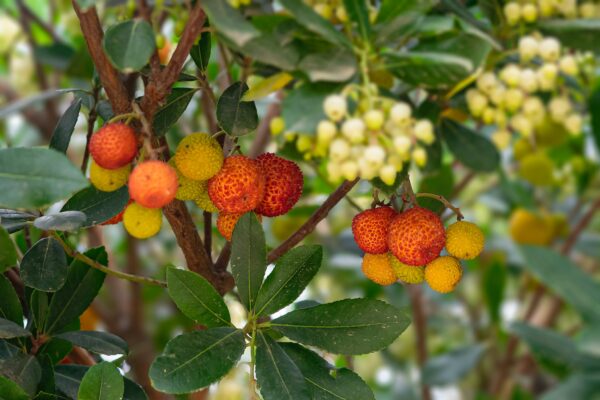The Comprehensive Journey of Lychees
Lychees, vibrant and tantalizing fruits, journey a remarkable path from farm to our fruit bowls. Each step of the process, from harvesting, and transportation to consumption, is a testament to the significant role lychee farming plays in our lives. Let’s take an enlightening stroll through the world of these juicy fruits that belong to the same family as mangoes.



The Life of Lychees on the Farm
Lychee farming begins with the careful cultivation of trees, which can grow quite large, some reaching up to 15 meters. These trees are laden with glossy green leaves which in turn hide clusters of lychees ready to be plucked. Lychee trees demand well-drained soil and fair amounts of sunlight, characteristics typical of Australian terrain, making it an ideal place for their cultivation.
The maturation period of lychees varies depending on the variety and environmental conditions, but most fruits ripen around six months from flowering. When mature, the fruits boast a beautiful red or pink shell, encapsulating a sweet, translucent flesh that can captivate any fruit lover.



Harvesting Lychees
Harvesting lychees is a meticulous task, one that requires time and careful management. Farmers often harvest the fruits early in the morning when temperatures are cooler. This reduces dehydration and helps to maintain the freshness of the fruits. A ladder and careful hand-picking are used to ensure the fruit is not damaged during the process.
Immediately after harvesting, lychees are typically cooled to help preserve their quality and extend their shelf life. This is an essential step to prevent the fruit from losing moisture, which can lead to browning of the skin and a reduction in overall fruit quality.



Transporting Lychees
Transportation is the next crucial step in the journey of lychees. The collected fruits are packed into cold storage boxes and transported from the farm to the market. The key here is to maintain the cold chain to prevent the lychees from deteriorating during transit.
At the market, lychees are often displayed in open-air stalls, allowing the fragrant scent of the fruit to attract customers. Here, the lychees await their final destination – our fruit bowl.
Enjoying Lychees
Once bought from the market, lychees find a place in our households in various forms. They are most enjoyed fresh, straight from the fruit bowl, their juicy flesh offering a refreshing treat, especially during the hot summer months. However, lychees are also versatile in the culinary world.
They can be a part of fruit salads, used in making sorbets, cocktails, or even in savory dishes, imparting a unique sweet-and-sour flavour. Lychees are also used in preserves, canned in syrup, dried like raisins, or turned into juice or wine, making them a beloved fruit in many households.
The journey of lychees from the farm to the fruit bowl is indeed a fascinating process. It reflects the hard work and dedication put in by farmers, transporters, and even consumers, who together contribute to the journey of this exotic fruit.
So next time you enjoy a lychee, remember the voyage it’s undertaken. From the flowering trees under the Australian sun to the careful harvest and preservation process, and finally, its arrival into your home, each lychee has a tale to tell. And it’s a tale that truly enriches the sweet taste of this marvellous fruit.



Final Thoughts
Just like mangoes and other tropical fruits, lychees add a sweet note to our diets, and learning about their journey gives us a newfound appreciation for these amazing fruits. So whether you love them fresh, in a salad, or as a tangy sorbet, let’s celebrate the humble lychee and all the hands that make its journey to our fruit bowls possible.
Next time you see lychees at your local market, don’t forget to add some to your basket. Enjoy the fruits of a farmer’s hard work and take part in the amazing journey of lychees from a farm to your fruit bowl.





